The revolution that brought food in our plates. The revolution that unified farmers and enhanced farming techniques. A revolution that now doesn’t let us be dependent on foreign countries for our needs. The green revolution that helps us grow as one.
What is the Green Revolution?
The definition of the Green Revolution is increasing agricultural production by adopting various kind of modern tools and techniques. It also helps increase food grains production, especially in crops like wheat and rice, which directly resulted in substantial part from the introduction into emerging countries for growing the new, high-yielding varieties of crops.
The beginning of this revolution started in the mid 20th century. This wide yielding new varieties of crops require many chemical fertilizers and pesticides to produce them. This was the main reason behind adopting modern methods and techniques such as HVY High yield variety of seeds, tractors, irrigation facilities, pesticides, and fertilizers. Before 1967, the government majorly focused on expanding the farming areas. But there is suddenly rapidly increase in the rate of population. At that time, the immediate action to increase yield came in the form of the Green Revolution.
Father of the Green Revolution
Norman Ernest Borlaug is the “Father of the Green Revolution in World” and known as an American agricultural scientist, plant pathologist, and got the Nobel Prize for Peace in 1970. Borlaug studied plant biology and forestry from the University of Minnesota and earned a P.h.d in plant pathology from there in 1942. He was a research scientist in the Rockefeller Foundation in Mexico where he worked from 1944 to 1960.
His primary focus was on which struggled with diseases and the ones with deficient production. There he experimented with various varieties of wheat. The green revolution helped in increased production of the wheat grains.
After Borlaug’s remarkable success in Mexico, the Indian and Pakistan governments requested his assistance. With the Rockefeller Foundation’s support and the Food and Agriculture Organization of the United Nations (FAO). When India and Pakistan face a shortage of food due to rapid population growth, importing wheat in the mid of 1960s increases 60 per cent of in harvests. He helped both countries to become agriculturally vital and his work also shown in developing countries, especially in India. He saved thousands of lives and estimated to save one billion people from starvation and death.

India’s government brought the Green Revolution in 1965 with the help of a geneticist M.S. Swaminathan known for the Green Revolution’s father in India. The revolution’s time can say that it was a great success that has changed the country’s status from a food economy to one of the most leading countries in the agricultural nations.
The green revolution started in 1967 and ended in 1978. This increased the level of agriculture production, especially in India Haryana, Punjab, and Uttar Pradesh. These states adopted the various tools and techniques like the use of high yielding variety seeds in the fields, tractors, different types of irrigation facilities, pesticides, and fertilizers.
Green Revolution in India
To increase farmers’ income by increasing productivity and production, they better return what they produce. PM Narendra Modi had approved the scheme known to be Umbrella Scheme Green Revolution – ‘Krishonnati Yojana’ in the agriculture sector. For a time of three years. There are such schemes that are part of the Umbrella Schemes under the Green revolution are :
- The mission for Integrated Development of Horticulture – This mission’s main objective is to grow the horticulture sector, improve nutritional security, and increase household farms’ income source.
- National Food Security Mission – This also includes NMOOP, called National Mission on Oil Seeds and Oil Palm. This scheme aims to increase wheat pulses production, rice, commercial crops, productivity, restoring soil fertility and productivity at the individual farm level. This also aims to reduce imports and increase the availability of vegetable oils in the country.
- National Mission for Sustainable Agriculture – This scheme aims to promote sustainable agriculture practices. These are best suited for the specific agro-ecology and focus on integrated farming and appropriate soil health management.
- Mission on Seeds and Planting Material – This mission aims to increase the production of seed quality, upgrade the quality of seeds stored, and promote new tool and technologies in the production of grain and then for processing and testing. The main reason is to modernize the infrastructure for seed production, improve storage, quality of seeds.
- Sub Mission on Plant Protection – This scheme aims to minimize the loss to quality and yield of crops from insects, pests, weeds, etc. and providing facilities for exports of Indian agricultural products to international markets.
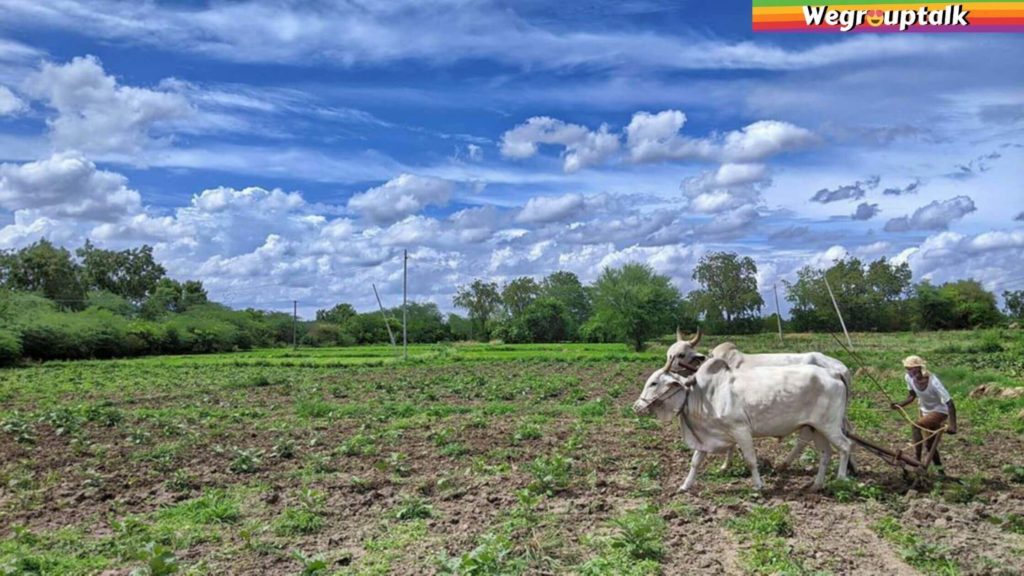
Some highlighted effects of the Green Revolution in India are as follow:
- It introduced the great yielding variety of seed in the Indian agricultural.
- The paramount significance of HVY seed is it is highly effective in that region where there is a good source of irrigation. This is highly useful for producing the wheat crop.
- Firstly, India focuses on states with better source and infrastructure named Tamil Nadu and Punjab.
- HVY seeds need proper irrigation. The Crops that are grown from HYV seeds required an adequate supply of irrigation. Farmers could not depend on monsoon or any source.
- It also promotes commercial farming in the country with agricultural machinery and technology like harvesters, drills, tractors, etc.
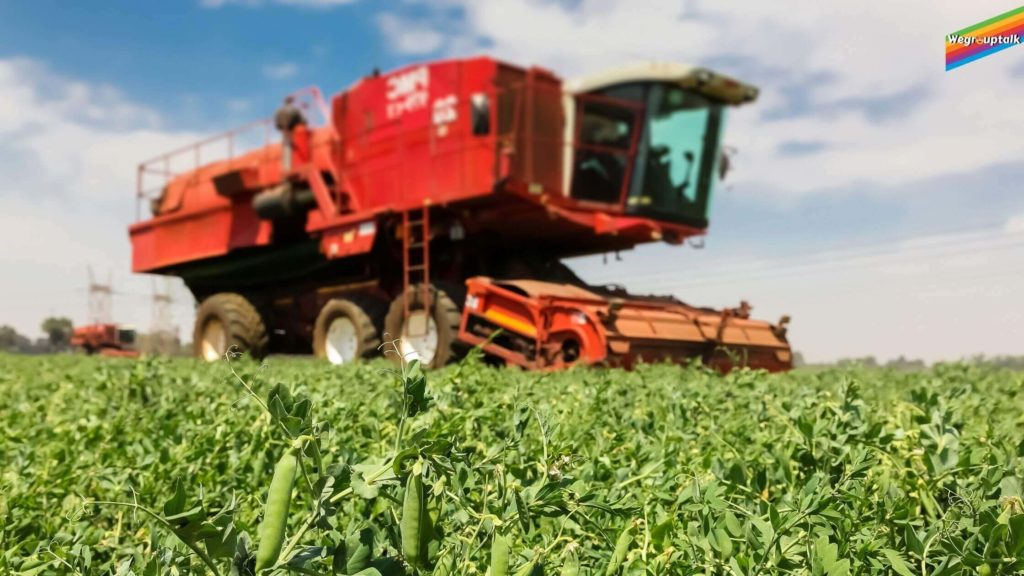
There are some Impacts of Green Revolution.
Positive Impacts of the green revolution
- This Revolution has increased Agricultural Production. The benefit of the revolution was the Wheat Grain as per data the production increased to 55 million tones.
- It is not just about agricultural the output of this revolution also increased per Acre yield. Green Revolution increased the per hectare yield. The wheat grain expands from 850 kg per hectare to a 2281 kg/hectare in the first stage.
- India reached its way to less dependent on imports from other countries. The country’s production was too much sufficient to face the rising population and kept in stock for emergencies. The primary benefit of this does not depend on the import of food grains from other countries. India also has started exporting agricultural products.
- The revolution’s start has a slight fear that commercial farming can lead to unemployment, and many labour forces got jobless. But in the end, the result seen was different. The industries like transportation, irrigation, food processing, marketing, etc. have created lots of employment opportunities for the workforce.
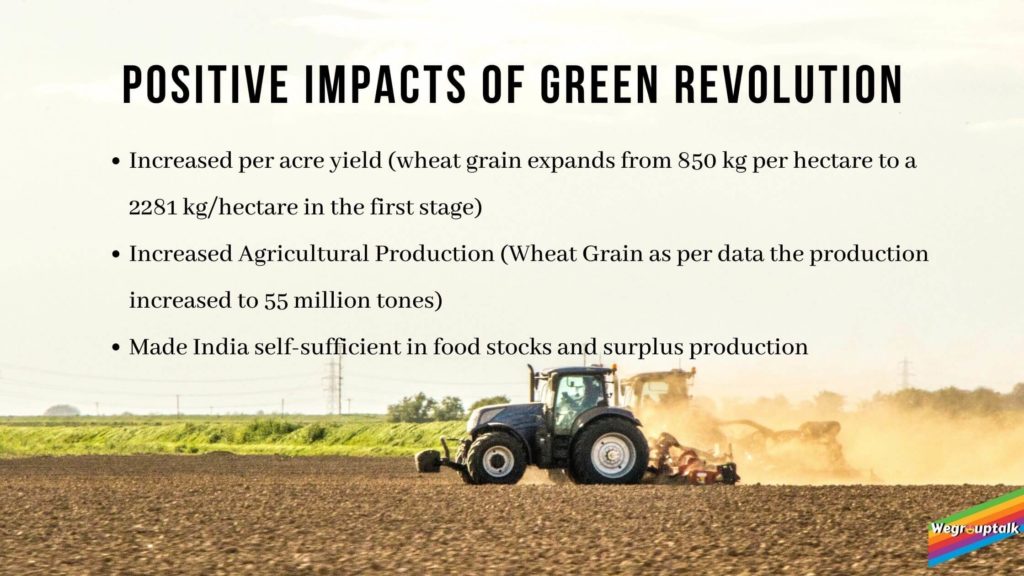
Negative Impacts of the green revolution
- This revolution has created regional inequalities. The benefits were mostly only to wheat-growing areas.
- There are inequalities between large and small farmers. The new technologies introduced during the green revolution called for substantial investments. These investments are beyond the limits of small farmers.
- High use of pesticides that cause sociological and environmental issues also impacted human health and the environment.
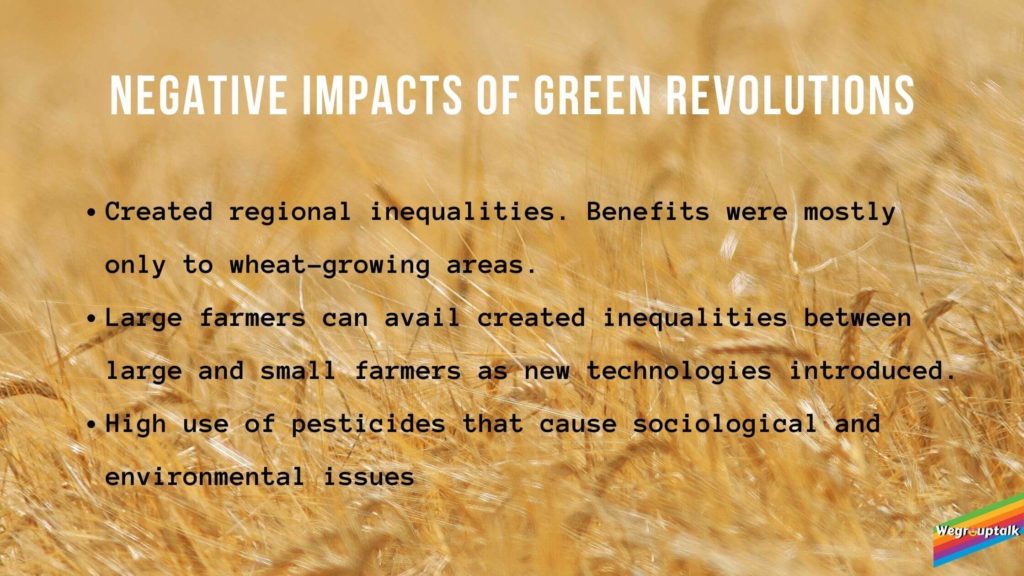
Some of the drawbacks/cons of the green revolution were:
- As there was an increase or expansion in the agricultural land, it increased the ground’s saltiness. The new high-yielding varieties also caused what is called genetic erosion.
- The green revolution concept was focused on only some of the food crops because there was no high yield generation of food crops in the other part of India.
- India’s green revolution mainly focused on the big farmers who could make investments according to the changing technologies. Whereas the same time the smaller farmers were not able to invest in the new technologies and the fertilizers
- Only some states benefited from the green revolution. Other states did not show much increase in their productivity level or food gain production. The results were not very impressive in the other states that did not get many benefits.
The green revolution was focused on increasing agricultural production using high yielding varieties, modern tools and techniques like tractors, fertilizers, pesticides and irrigation facilities.
Post-independence India had to rebuild its economy because around 70% of India’s population depended on agriculture. Also, the production of food grains in India was not sufficient then with increasing population. The agriculture relies entirely on the monsoon season because of the lack of irrigation facilities and fertilizers, increasing food production level.
When the Britishers only wanted to benefit from the cash crops, they did not focus on the other crops. Also, India wanted to become self-sufficient in food production and did not wish to depend on other countries. This is why India launched the green revolution in 1965 under the guidance of Lal Bhadur Shastri and M.S Swaminathan.
When the green revolution continued from 1965-1977, only the states which could increase the food crop production were Punjab, Haryana and Rajasthan. This changed India’s status from the poor food country to one of the world’s leading agricultural countries.
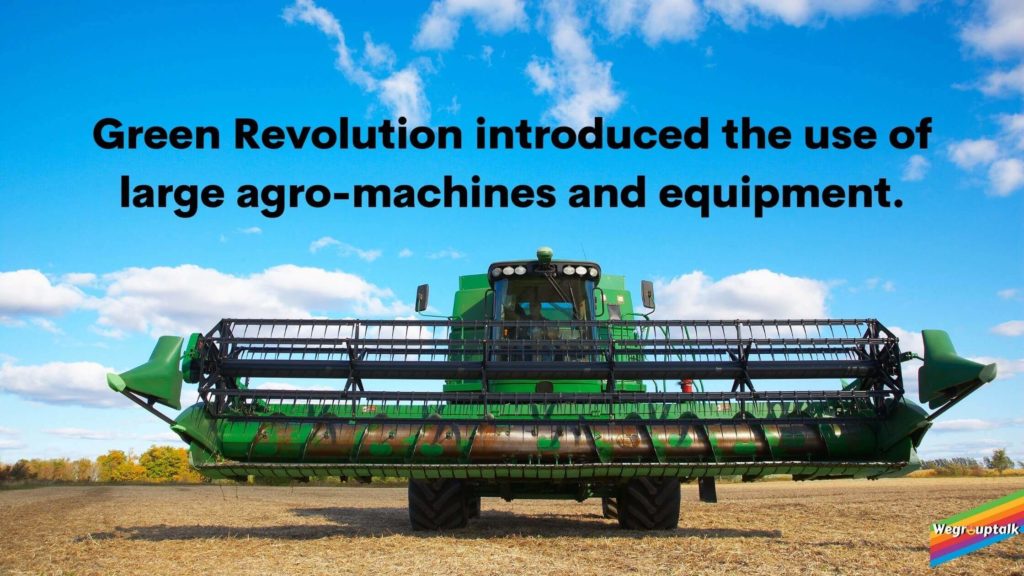
Green Revolution was focused on major these three things:
- Agricultural land expansion
- Doing double cropping in the existing lands
- Use of high yielding techniques as well as crops and seeds
The green revolution has been a sort of success for India as this has helped many poor people pull them out of their poverty. And on the same hand also extended a hand of help for the non-poor people who would have faced poverty and hunger if the green revolution would not have taken place. It has also improved the economic condition of the farmers, which further enhanced their standard of living. Due to the green revolution, the import of food grains has reduced.
Follow us on FACEBOOK, INSTAGRAM and TWITTER to stay connected.
Also Read- Montreal Protocol- What it is and Why?




